Was The Film "The Iron Giant" A Complete Failure?
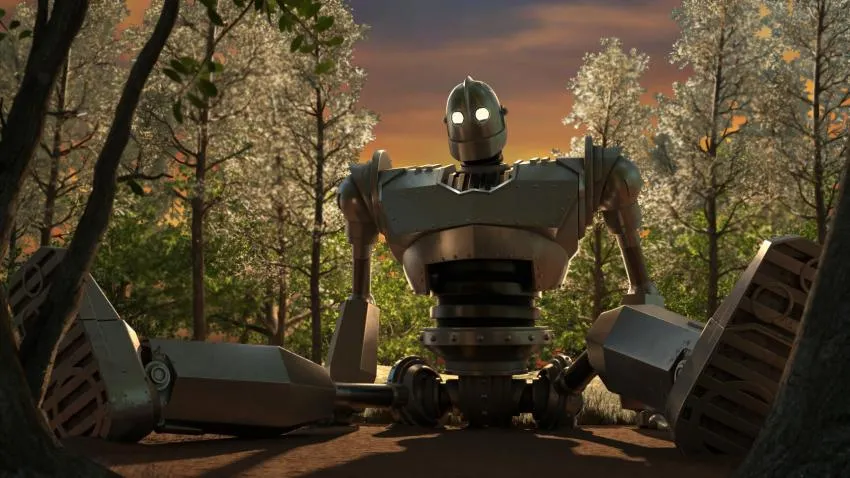
The Iron Giant is a Warner Bros animated film, released in 1999, and was the directorial debut of Brad Bird, who would go on to direct other masterpieces like Ratatouille and The Incredibles.
The film is set in 1950s America and follows Hogarth Hughes (yes that is a real name), a young boy who is being raised by his single mother. One night, a giant robot appears from who-knows-where and starts making a racket near Hogarth’s house, after finding and befriending him, Hogarth and the giant strike up an unlikely friendship as Hogarth teaches the giant about the world and himself.
However, not everyone is as accepting of the giant as Hogarth is, as rumours of a giant monster start circulating and eventually a government agent starts sticking his nose around town to search for and destroy Hogarth’s friend.
Despite The Iron Giant is a cult classic, when it was released it was a financial flop−even though test audiences loved it and it got great critical reviews−so what on earth happened for the film to perform so poorly? The short answer is marketing. But let’s delve a bit deeper than that…
The Iron Giant had been in the works since 1991 and was initially brought to attention by the animator Richard Bazley to studio founder Don Bluth, ex-animator for Disney, but he passed on the project.
It was then pitched to Warner Bros as an animated musical by Pete Townshend from The Who and Des McAnuff in 1994. Townshend had already worked on adaptations of the original story by Ted Hughes, The Iron Man, creating music for the stage play and an album.
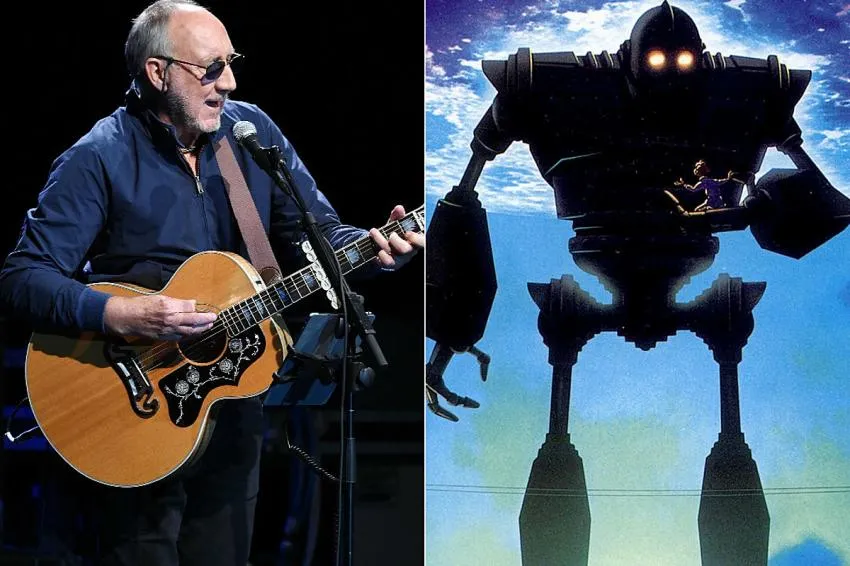
When Warner Bros merged with Turner Feature Animation Brad Bird came with it, and expressed his interest in the project; however, he didn’t want to do a musical, stating that ‘The meat of the story, to me [Bird], was the relationship between this little boy and the Giant.’
Instead, Bird pitched another version of the story, raising the question ‘What if a gun had a soul, and didn’t want to be a gun?’ The Iron Giant got the green light from the studio and officially began production in early ’97.
Unfortunately, things didn’t go as planned. Warner Bros' latest animation Quest for Camelot was released in 1998 and became both a critical and financial flop. This made Warner Bros more apprehensive about producing animated films, and their paranoia led to The Iron Giant’s downfall.
As they predicted, the film was a box office failure, having spent $50 million on making the film, it barely grossed $32 million (including international markets). However, this wasn’t Brad Bird or the film’s fault, it was all due to the studio's mishandling of the situation.
Worried about putting their faith in another animated film, Warner Bros gave The Iron Giant virtually no marketing whatsoever, preferring to back a live-action western film they had in the works, Wild Wild West, instead (which was a critical and box office flop anyway). They didn’t even give The Iron Giant a release date.
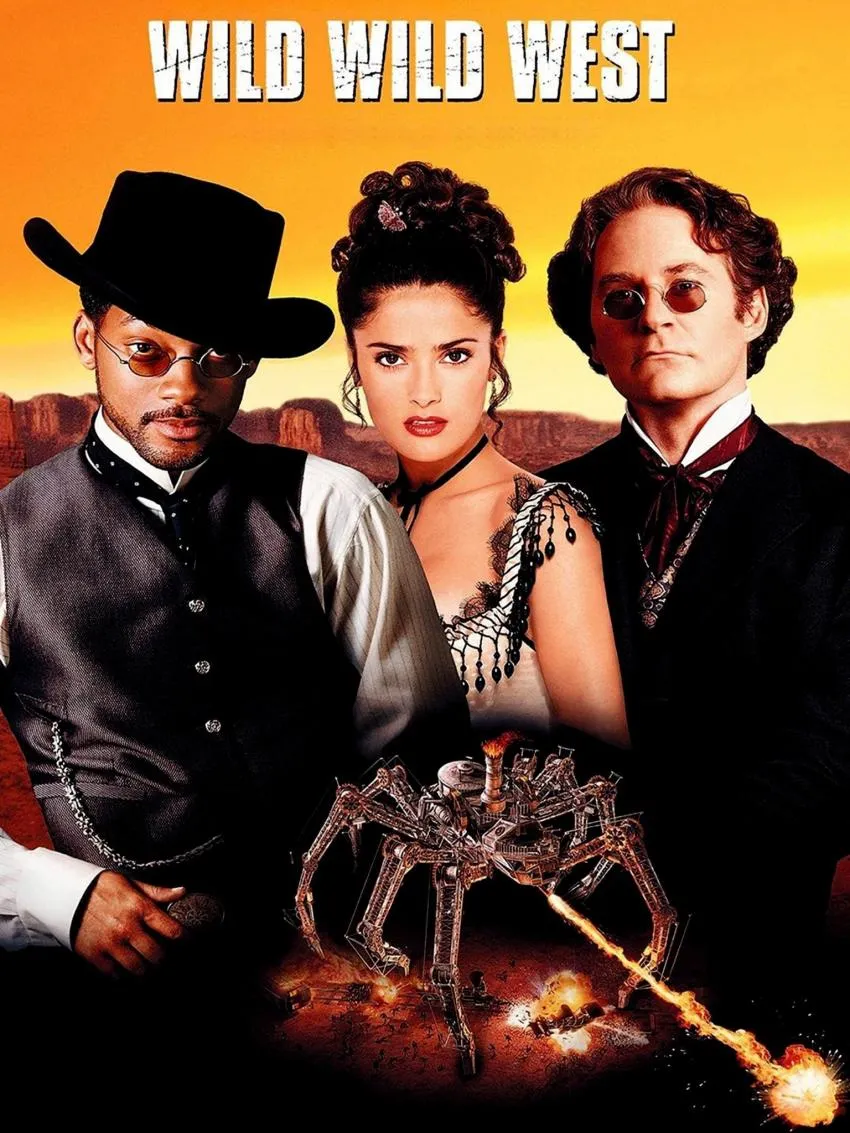
In an interview with JoBlo.com Brad Bird revealed that ‘we were perceived as a film that would be finished and put on the shelf until there was a hole or something in the release schedule in the future, and then we’d be plugged in. They wouldn’t give us a release date; they didn’t have any hopes. They just thought the animation wasn’t going to really work for them.’
Ultimately, Warner Bros neglected to give the production team a release date until April, giving the team less than four months to create a marketing campaign. Due to this, there was only one teaser poster drawn up for the film, and tie-ins like a Burger King toy deal and a breakfast cereal never happened.
The marketing in existence for The Iron Giant was so minuscule that audiences had no idea the film was even coming out. This proved to be an even bigger blunder on Warner Bros' behalf when test screenings came back with extremely positive results, according to Bird ‘the test scores were their highest for a film in 15 years.’
Once they caught wind of this, the studio nearly delayed the release of the film by a few months in order to better prepare, with Brad Bird pointing out that ‘'you guys [Warner Bros] have had two and a half years to get ready for this.’
As a comparison, Disney’s Tarzan released the same year, had started raising awareness over a year before it opened in cinemas. Because of the bungled marketing, The Iron Giant opened at No.9 in the box office and didn’t recoup even half the budget spent on it.
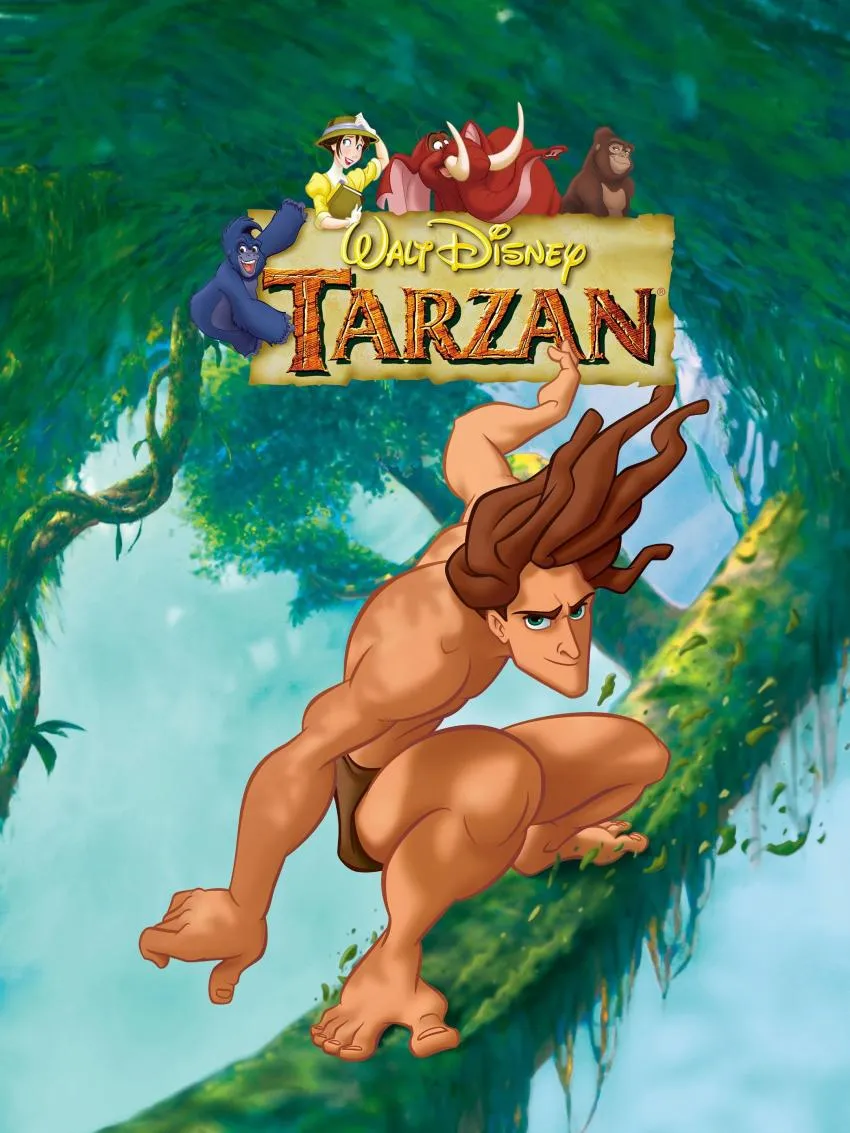
After the unexpectedly positive reviews for the film, Warner Bros acknowledged their mistakes and tried to right the wrongs by establishing a much larger marketing campaign for the film's home-video release, and it worked.
The film was extremely successful on home release and Warner Bros sold the TV rights to Cartoon Network and TNT−who played the film frequently during the holidays−causing it to become a staple in family-friendly entertainment throughout the early 2000s (and probably why it feels so nostalgic if you grew up in that time). Cartoon Network went so far as to show the film for a full 24hrs non-stop for occasions like thanksgiving and the fourth of July.
15 years after The Iron Giant’s release Brad Bird started a conversation with Warner Bros to get the film on Blu-ray and on 23rd April 2014 he appealed to fans on Twitter saying ‘WB & I have been talking. But they want a bare-bones disc. I want better.’
He encouraged people to tweet Warner Home Video to show their desire for a special edition Blu-ray to be produced. Eventually, The Iron Giant Blu-ray became available to purchase on 6th September 2016, with both the theatrical and signature cuts included, as well as a documentary about the making of the film, called The Giant’s Dream.
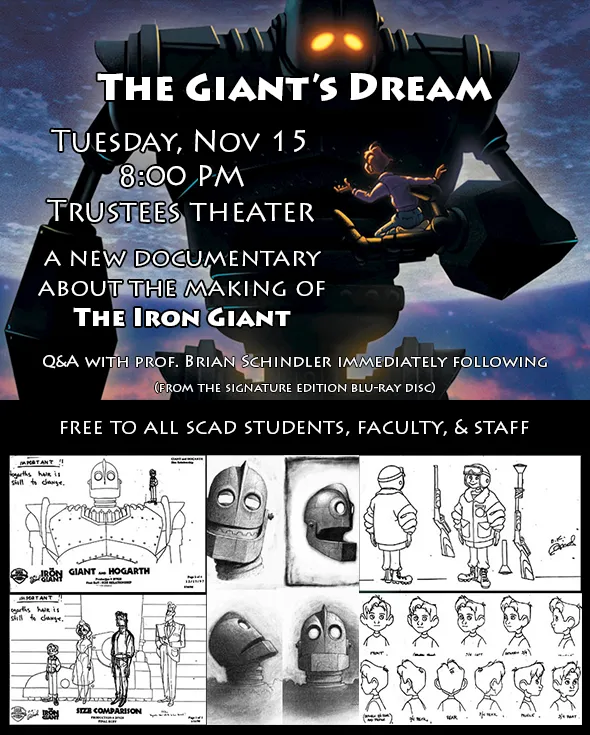
The Iron Giant is so beloved partly due to the studio’s hands-off approach because they were anxious to avoid another Camelot failure. The Quest for Camelot was made in a way that tried to replicate Disney’s famous formula and, according to Bird that is why the film didn’t work.
He told Animation World Magazine that: ‘the Disney model is sort of a micro-managed thing, where every single decision is combed over by a huge number of people. It works very well for Disney, but I don’t think it worked very well for Warner Bros. They had more management than they had artists, almost, during The Quest for Camelot. It was a troubled production.’
While The Iron Giant had different problems to cope with, having a smaller budget, shorter production time, and let’s not forget the insane lack of marketing, the production had the major advantage of creative freedom:
‘They [WB] were good enough to stay away and let us make the film. That was one of the most wonderful things about this film. They truly let us make it. This film was made by this animation team. It was not a committee thing at all. We made it. I [Bird] don’t think any other studio can say that to the level that we can.’ −Brad Bird
Now that The Iron Giant has come to Netflix, my hope is that you will be able to fall in love with it all over again, immerse yourself in nostalgia. If you’ve seen it introduce it to others, if you haven’t gone ahead and given it a go, I bet you won’t be disappointed.
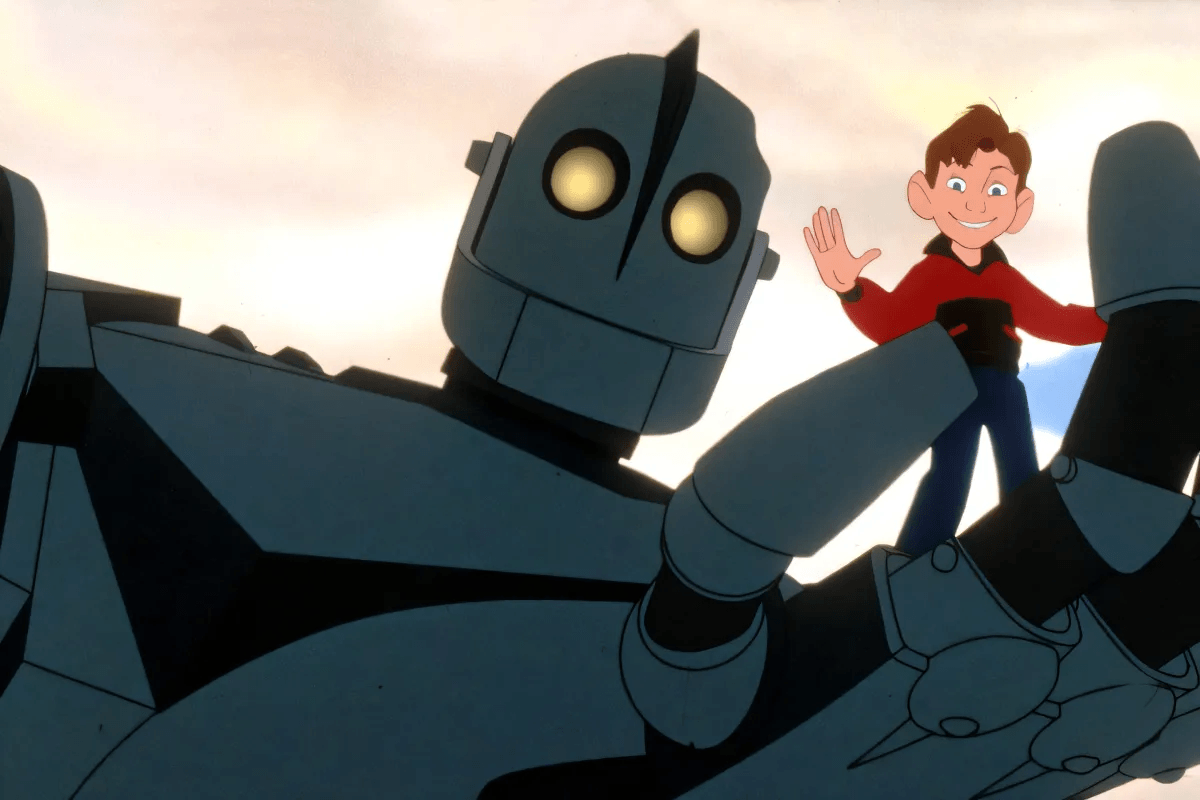
Opinions and Perspectives
This story really shows how short-term thinking can hurt great creative projects.
Every frame of this film feels carefully crafted with love and attention.
Interesting to see how this experience shaped Bird's approach to his later films.
The film's success on home video shows sometimes great art just needs time to find its audience.
It's amazing how much emotional impact they achieve with such a simple story.
After reading this, I'm actually glad they didn't go with the musical version.
Love how they handled the military paranoia aspect without making it too heavy for kids.
The Giant's character development is so well done. From scary monster to beloved friend.
Hard to believe this was Bird's directorial debut. Such a confident piece of filmmaking.
A perfect example of why box office numbers don't always reflect a film's true value.
I find it interesting that their hands-off approach due to lack of faith actually helped the creative process.
The lack of marketing actually helped create this amazing word-of-mouth phenomenon.
It's incredible how much heart this film has despite all the production challenges.
Watching the Giant learn about Superman and then choosing to be a hero himself is just brilliant storytelling.
The film's message about choosing who you want to be resonates even more today.
I love that Brad Bird fought for a proper Blu-ray release. Shows his dedication to the project.
This reminds me of how Shawshank Redemption became a classic through TV reruns.
Amazing how Bird managed to create such a masterpiece with limited budget and time.
The Cold War backdrop really adds depth to the story. It's not just a kid's movie.
Wouldn't call it a complete failure at all. Its influence on animation and storytelling is still felt today.
I work in marketing and this case study makes me cringe. They really dropped the ball.
The animation style feels so unique compared to other films from that era.
It's refreshing to hear about a film that wasn't micromanaged to death by studio executives.
Looking at Brad Bird's later success really shows how shortsighted Warner Bros was.
That's the thing about true art, it finds its audience eventually. Just wish it hadn't taken so long.
The way this film handles complex themes like death, friendship, and choice is just masterful.
Just rewatched it on Netflix with my kids. They were completely captivated just like I was at their age.
I get why they were nervous after Quest for Camelot, but they really shot themselves in the foot with this one.
The fact that it wasn't trying to copy Disney's formula is exactly what makes it special.
My dad took me to see this in 1999 and we still quote it to each other. You are who you choose to be.
The relationship between art and commerce in this story is really telling. Great art doesn't always translate to immediate commercial success.
I find it fascinating that they spent $50 million on production but couldn't spare anything for marketing.
Interesting how the home video release saved its reputation. Makes me think of other films that found their audience later.
That signature line Superman gets me every time. Such powerful storytelling.
Sometimes I wonder what would have happened if Disney had picked this up instead of Warner Bros.
The Iron Giant taught me more about death and sacrifice than any other film I watched as a child.
Those test screening scores being the highest in 15 years really shows how out of touch the studio executives were.
I actually saw this in theaters when it came out. The cinema was practically empty, which seems crazy now.
Anyone else think Brad Bird's experience with this film influenced how he approached his later works at Pixar?
Not giving them a release date until four months before? No wonder the marketing campaign failed!
The film's cold war setting adds such an important layer to the story. It makes the paranoia feel so real.
Really interesting to learn about Pete Townshend's involvement in the early stages. Glad they didn't go with the musical version though.
I respectfully disagree with the previous comment about pacing. My kids were completely engaged throughout the whole film.
The whole guns having souls concept was so ahead of its time. It tackled complex themes in such an accessible way.
Reading about Cartoon Network playing it for 24 hours straight brings back so many memories. That's how I first discovered it.
Can't believe they chose to back Wild Wild West instead. Talk about backing the wrong horse!
I actually disagree that marketing was the only issue. The film's slower pace and serious themes might have been a harder sell for families expecting typical animated fare.
The animation still holds up amazingly well today. That scene where the Giant first appears in the forest gives me chills every time.
I honestly think if they had marketed this properly it would have been one of the biggest animated films of the 90s. Such a shame.
What's fascinating is how Brad Bird's creative vision actually benefited from Warner Bros' hands-off approach. Sometimes less interference leads to better art.
I remember watching this film as a kid and being completely mesmerized. The relationship between Hogarth and the Giant was so pure and touching.
